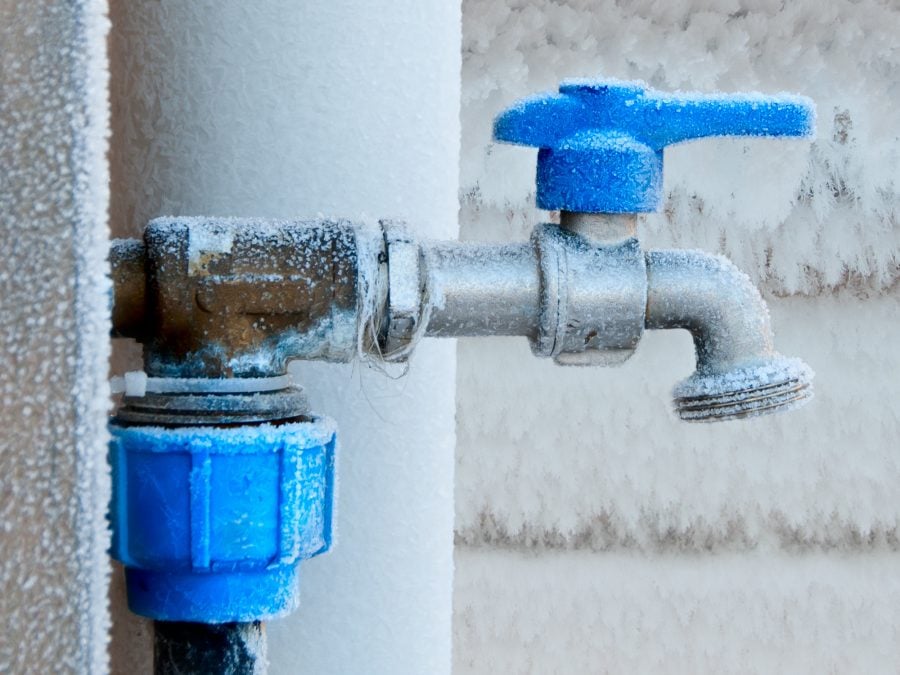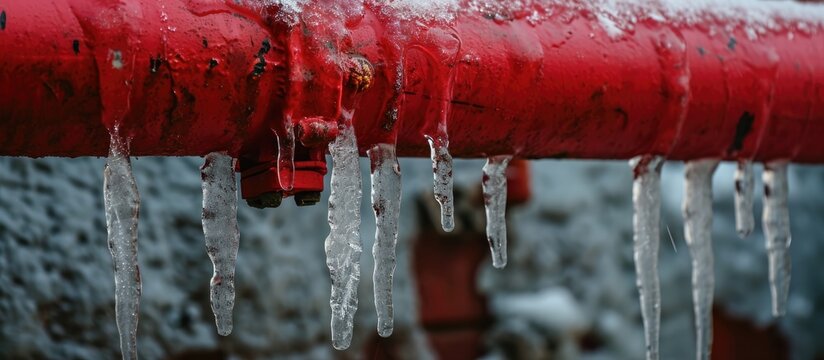Preventing Frozen Plumbing in Cold Weather: Key Strategies
Preventing Frozen Plumbing in Cold Weather: Key Strategies
Blog Article
Here further down you can get a lot of amazing data when it comes to Preventing and dealing with frozen pipes.

Winter can wreak havoc on your plumbing, particularly by freezing pipes. Below's how to stop it from happening and what to do if it does.
Intro
As temperature levels decrease, the danger of frozen pipes increases, possibly resulting in costly repairs and water damage. Comprehending exactly how to avoid frozen pipes is vital for home owners in chilly environments.
Comprehending Frozen Pipes
What triggers pipelines to freeze?
Pipelines ice up when exposed to temperatures below 32 ° F (0 ° C) for extended durations. As water inside the pipelines ices up, it broadens, putting pressure on the pipeline walls and possibly creating them to break.
Threats and damages
Icy pipes can lead to water system disturbances, home damages, and pricey repair services. Burst pipelines can flooding homes and create extensive structural damages.
Indicators of Frozen Pipes
Recognizing icy pipelines early can avoid them from breaking.
Exactly how to determine frozen pipes
Seek lowered water flow from faucets, uncommon odors or sounds from pipelines, and noticeable frost on exposed pipelines.
Prevention Tips
Protecting at risk pipes
Wrap pipelines in insulation sleeves or utilize warmth tape to shield them from freezing temperature levels. Focus on pipes in unheated or outside locations of the home.
Heating techniques
Keep interior spaces effectively warmed, particularly areas with pipes. Open closet doors to allow warm air to distribute around pipelines under sinks.
Shielding Exterior Plumbing
Garden hose pipes and exterior taps
Detach and drain garden hoses before wintertime. Mount frost-proof spigots or cover outside taps with insulated caps.
What to Do If Your Pipes Freeze
Immediate activities to take
If you think icy pipelines, maintain taps open to alleviate pressure as the ice melts. Utilize a hairdryer or towels taken in hot water to thaw pipelines slowly.
Long-Term Solutions
Structural adjustments
Take into consideration rerouting pipelines far from outside wall surfaces or unheated locations. Include extra insulation to attic rooms, basements, and crawl spaces.
Updating insulation
Purchase top notch insulation for pipes, attic rooms, and walls. Correct insulation assists keep consistent temperature levels and minimizes the threat of icy pipelines.
Final thought
Protecting against icy pipelines calls for positive measures and quick responses. By recognizing the causes, indications, and safety nets, home owners can protect their pipes during cold weather.
5 Ways to Prevent Frozen Pipes
Drain Outdoor Faucets and Disconnect Hoses
First, close the shut-off valve that controls the flow of water in the pipe to your outdoor faucet. Then, head outside to disconnect and drain your hose and open the outdoor faucet to allow the water to completely drain out of the line. Turn off the faucet when done. Finally, head back to the shut-off valve and drain the remaining water inside the pipe into a bucket or container. Additionally, if you have a home irrigation system, you should consider hiring an expert to clear the system of water each year.
Insulate Pipes
One of the best and most cost-effective methods for preventing frozen water pipes is to wrap your pipes with insulation. This is especially important for areas in your home that aren’t exposed to heat, such as an attic. We suggest using foam sleeves, which can typically be found at your local hardware store.
Keep Heat Running at 65
Your pipes are located inside your walls, and the temperature there is much colder than the rest of the house. To prevent your pipes from freezing, The Insurance Information Institute suggests that you keep your home heated to at least 65 degrees, even when traveling. You may want to invest in smart devices that can keep an eye on the temperature in your home while you’re away.
Leave Water Dripping
Moving water — even a small trickle — can prevent ice from forming inside your pipes. When freezing temps are imminent, start a drip of water from all faucets that serve exposed pipes. Leaving a few faucets running will also help relieve pressure inside the pipes and help prevent a rupture if the water inside freezes.
Open Cupboard Doors
Warm your kitchen and bathroom pipes by opening cupboards and vanities. You should also leave your interior doors ajar to help warm air circulate evenly throughout your home.

We had been shown that write-up on Winter Plumbing Precautions: Preventing Frozen Pipes through an associate on another web address. Do you know about anybody else who is enthusiastic about the niche? Please feel free to promote it. Bless you for being here. Revisit us soon.
Click Here Report this page